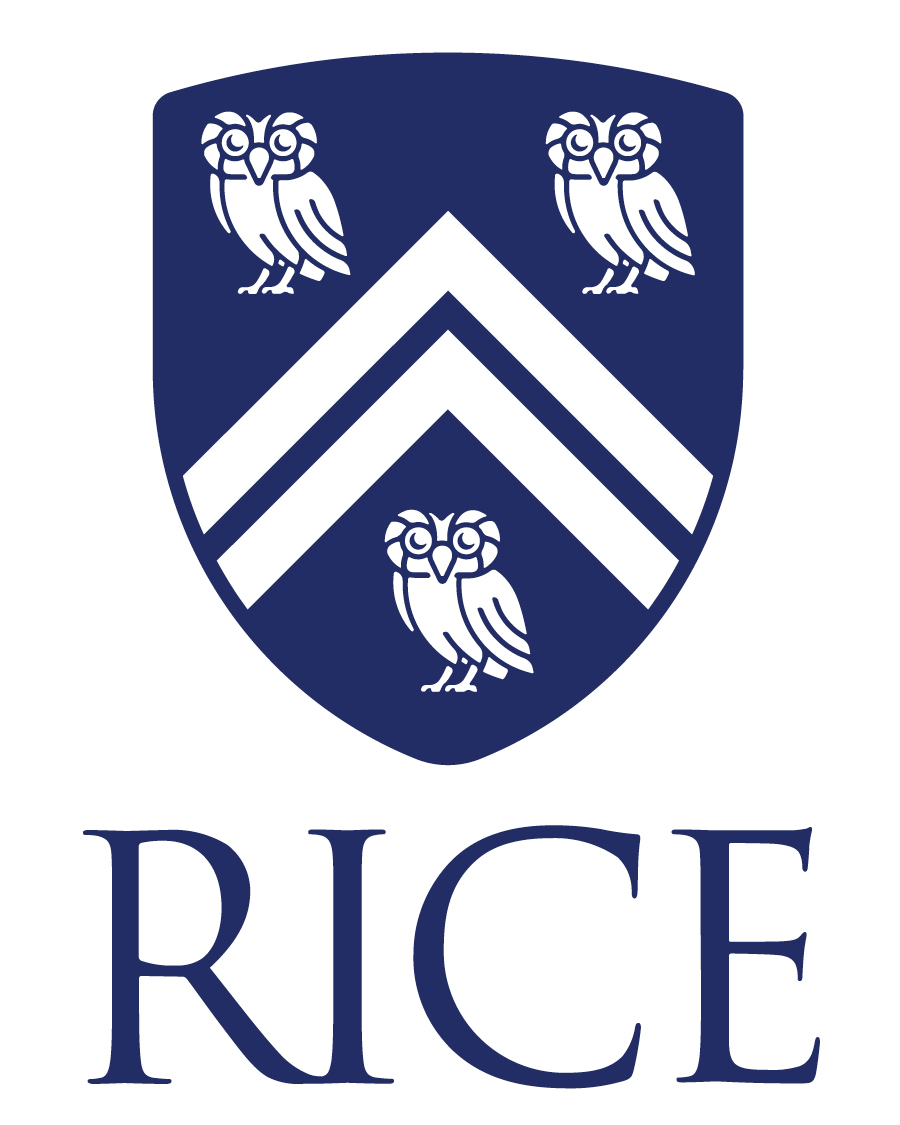Editor's Picks
Plant Focus
When writing recently about the Royal Oaks of Penrice Castle, on the Gower Peninsula in Wales, I discussed the confusion that reigns over the identification of the two British oak species and their hybrids. A further illustration of that confusion has recently come to light.

The Royal Mint has been striking the UK’s official coinage for more than 1,000 years. To mark the accession of King Charles III it has unveiled eight new coin designs, which celebrate the King’s commitment to conservation. They entered circulation on August 20, 2024. One of these, the 5p coin, features the foliage and fruit of a British oak.
But of which species? It’s not immediately obvious. Considering each of the diagnostic leaf characters in turn:
- The petioles are relatively long, with a mean value of around 8.3% of the length of the leaf lamina. This is characteristic of Quercus petraea, the sessile oak of the British uplands and sandy soils.
- Each leaf has an average of 4.3 pairs of lobes, characteristic of Q. robur, the pedunculate oak of the lowlands and heavy soils. The pattern of lobing varies from shallow to deep and is somewhat irregular—an intermediate character, tending to Q. robur.
- The leaf bases are cuneate, with no suggestion of auricles. This is strongly indicative of Q. petraea. The illustration doesn’t provide us with any clues as to the presence (petraea) or absence (robur) of abaxial leaf pubescence.
Taken together, these characteristics would suggest a hybrid oak with a higher representation of petraea genes than of robur: Q. ×rosacea aff. petraea. But hang on: what are we to make of those three curiously misplaced pedunculate acorns?
No, this is not a hybrid: it’s an oak of wild imagination, a mythical oak. An oak drawn from memory, by someone who saw an actual tree, several years ago. I suggest, to honour its royal inspiration, Quercus caroli-tertii.
Britain has a long and honourable tradition of highly accurate botanical illustration. What would a Marianne North, an Ann Farrer, or a David More have made of such a commission? Alas!
















